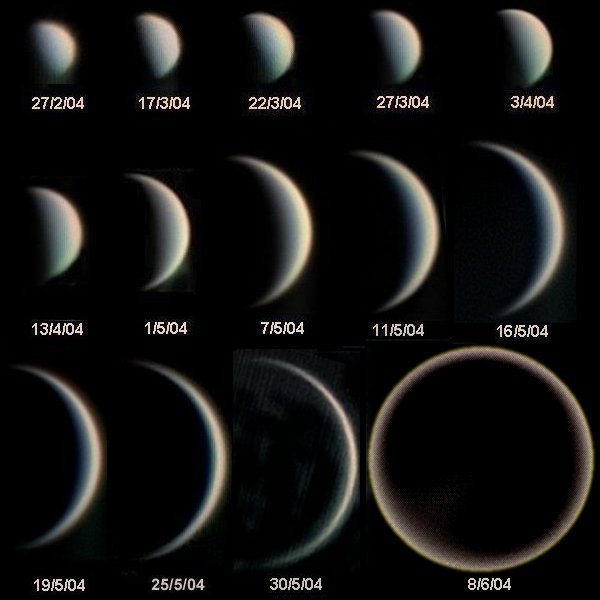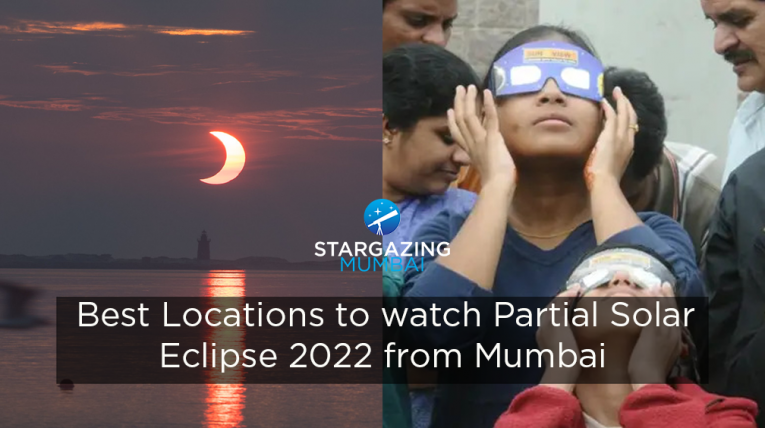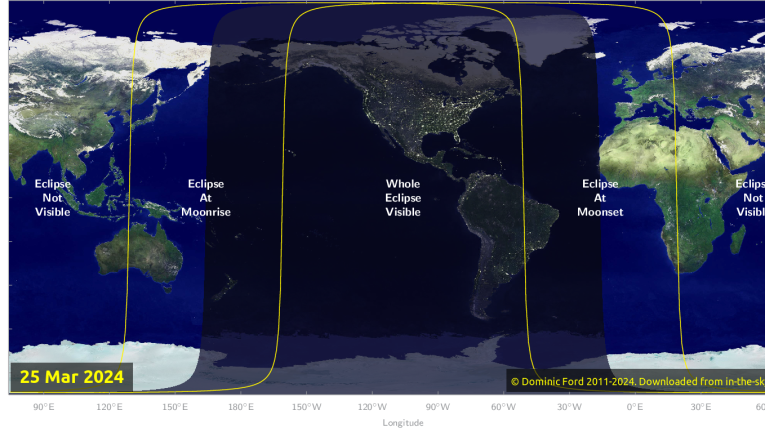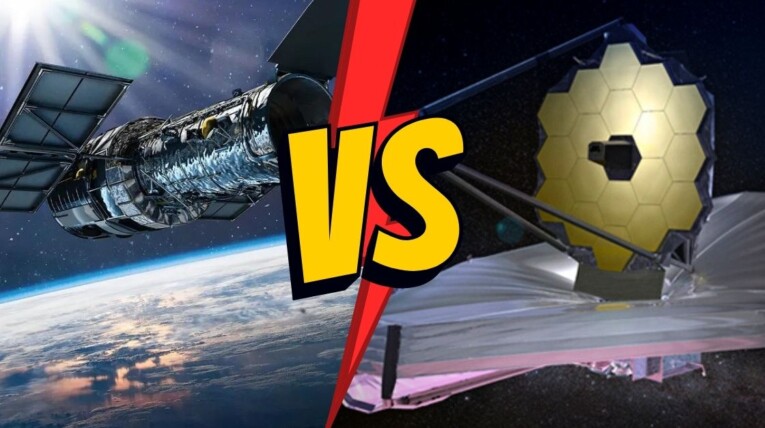-written by Srishti Sharma, reviewed by Muskan Aggarwal.
Venus – named after the Roman goddess of love and beauty, is the second planet in our Solar System. It is similar in size to Earth, and its atmosphere is mostly made up of carbon dioxide (more than 96%!). However, the thing that makes Venus stand out the most is that – not very unlike a moody teenager, Venus also goes through phases! What’s more – the fact that we observe phases of Venus, similar to those of the Moon, was a great tool in supporting the helio-centric model of the Solar System.

Geocentric Models:
In ancient times, the Earth was believed to be the center of the Universe. Among the many Geo-centric models of the universe, the ones by Plato, Aristotle and Ptolemy are the most popular. The Greek philosophers Plato and his pupil – Aristotle, are highly regarded figures today, as well as in the past. In the early 4th century B.C., they both came out with works suggesting Earth to be at the center of the Universe.

Plato’s model was highly mythical in nature. He theorized that the Earth was stationary at the center of the universe, orbited by Moon, Sun, Venus, Mercury, Mars, Jupiter, Saturn and other stars. In his book ‘Myth of Er’, he described the Universe to be a ‘Spindle of Necessity’ which was taken care of by the Sirens. The rotation of the heavenly bodies around the Earth was a result of the aforementioned spindle being constantly turned by the three ‘Fates’.
 Aristotle proposed a less mythical model. He advocated that all the heavenly bodies including Earth are enclosed in transparent spheres made up of a fifth element that he called ‘aether’. He dictated that of all the five elements, earth was the strongest and heaviest. Hence our planet Earth must be in the center of the universe, with other bodies revolving around it within their concentric spheres made up of aether.
Aristotle proposed a less mythical model. He advocated that all the heavenly bodies including Earth are enclosed in transparent spheres made up of a fifth element that he called ‘aether’. He dictated that of all the five elements, earth was the strongest and heaviest. Hence our planet Earth must be in the center of the universe, with other bodies revolving around it within their concentric spheres made up of aether.
Another popular geocentric system is the Ptolemaic system, proposed in the 2nd century A.D. by the Roman astronomer – Ptolemy. His system was widely accepted and geocentricism came to be considered as standard. His system consisted of an innermost sphere at the center of the universe enclosing the Earth, with the Earth placed slightly off the center. All other bodies revolved around Earth in a system made up of two spheres – a smaller sphere enclosing the planet called ‘epicycle’, and another larger sphere concentric with the Earth’s sphere called ‘deferent’. A given planet enclosed in its epicycle moves around in it, and the epicycle moves around the Earth along the deferent.


Galileo’s Observations of Venus:
Galileo first observed the phases of Venus using a telescope towards the end of 1610, and officially published the observations in 1663 in his “Letters on Sunspots”. He argued that this is possible only because of the fact that Venus lies between the Earth and the Sun in concurrence with the Copernican or Helio-centric model of the solar system. Seeing the phases of Venus wouldn’t have been possible had the Ptolemaic or Geo-centric models been true, as in those cases, only the crescent phase would be possible and not the gibbous phase. He illustrated his observations in diagrams as shown.

There have been some controversial speculations as to whether Galileo truly deserves the credit for these observations or it is actually his student Benedetto Castelli. This suspicion arises because of a letter written by Castelli to Galileo in December 1660 asking whether he could observe the phases of Venus using his new telescope, and there being no previous records of Galileo mentioning or discussing them. Also, in an encrypted letter to Johannes Kepler written mere days later, Galileo mentions his observations without any credit to Castelli.
The contents of the letter were –
Cynthiae figuras aemulatur mater amorum (The mother of love imitates the shape of Cynthia)
And he scrambled it as such –
Haec immatura a me iam frustra leguntur o.y. (These are now too young to be read by me)
The moon was popularly referred to as Cynthia in literary works and mother of love indicates Venus.
So, why and how do we see the phases of Venus?
We are able to observe the phases of Venus because of two key reasons – one being its nearness to the Earth and another being the fact that it lies between the Sun and the Earth. It also helps that Venus revolves around the Sun much faster than Earth does.
The full phase of Venus occurs when it is on the opposite side of the Sun (known as the superior conjunction) with respect to the Earth, and hence cannot be seen. The gibbous phase can be observed when it approaches or leaves the far side of the Sun. Venus shows a quarter phase – appearing similar to the half-moon – when it is at maximum elongation from the sun. As it approaches the Earth from either side beyond the maximum elongation, it transitions into a crescent phase, which is also when it appears brightest to the naked eye. Finally, it is at the new phase when it lies exactly between the Earth and the Sun.

Historical Observations:
The first record of phases of Venus can be found in the Mayan texts in their “Dresden” Codex. In Mesopotamia (present day Iran and Kuwait), the ancient priests described the goddess Ishtar (Venus) to be having horns which can be considered as an indicative of the crescent phase observations.
ENJOYED READING THIS ARTICLE? CONSIDER READING: THE AMAZING CURIOUSITY ROVER AND 5 SCIENCE INSTRUMENTS IT HAS ON BOARD




